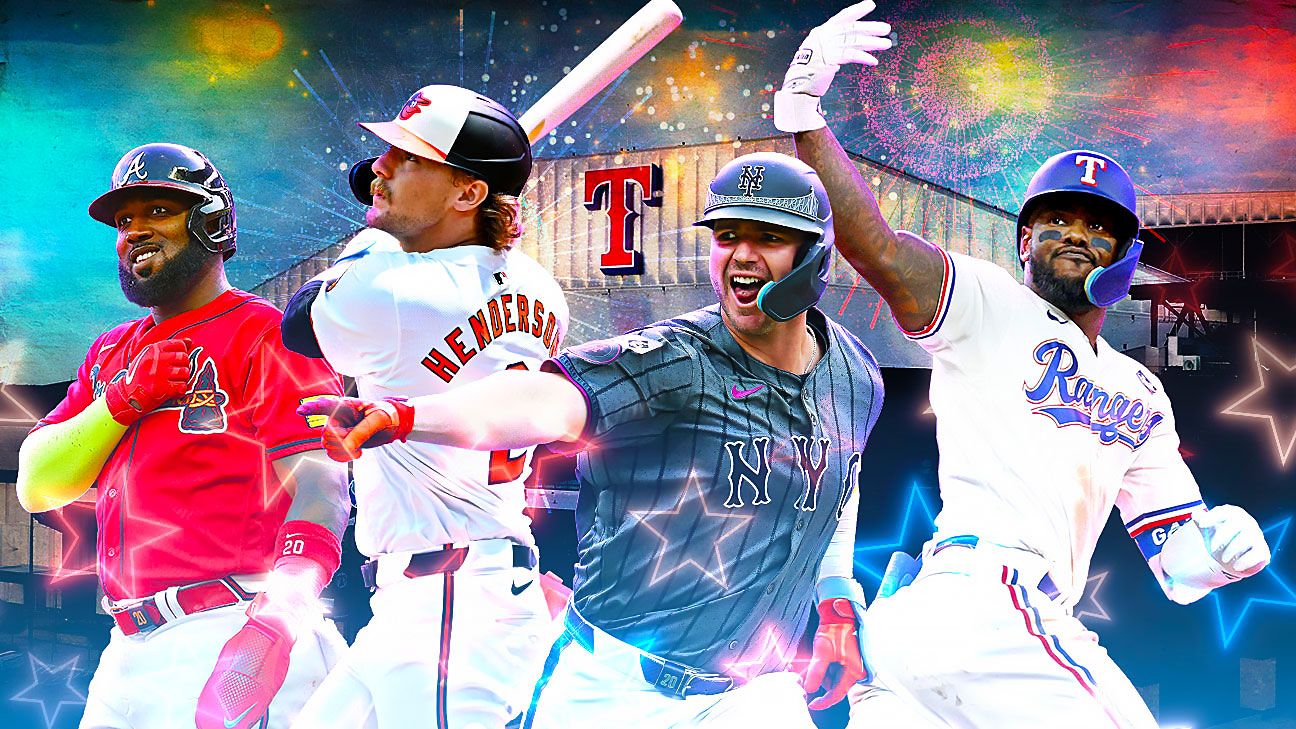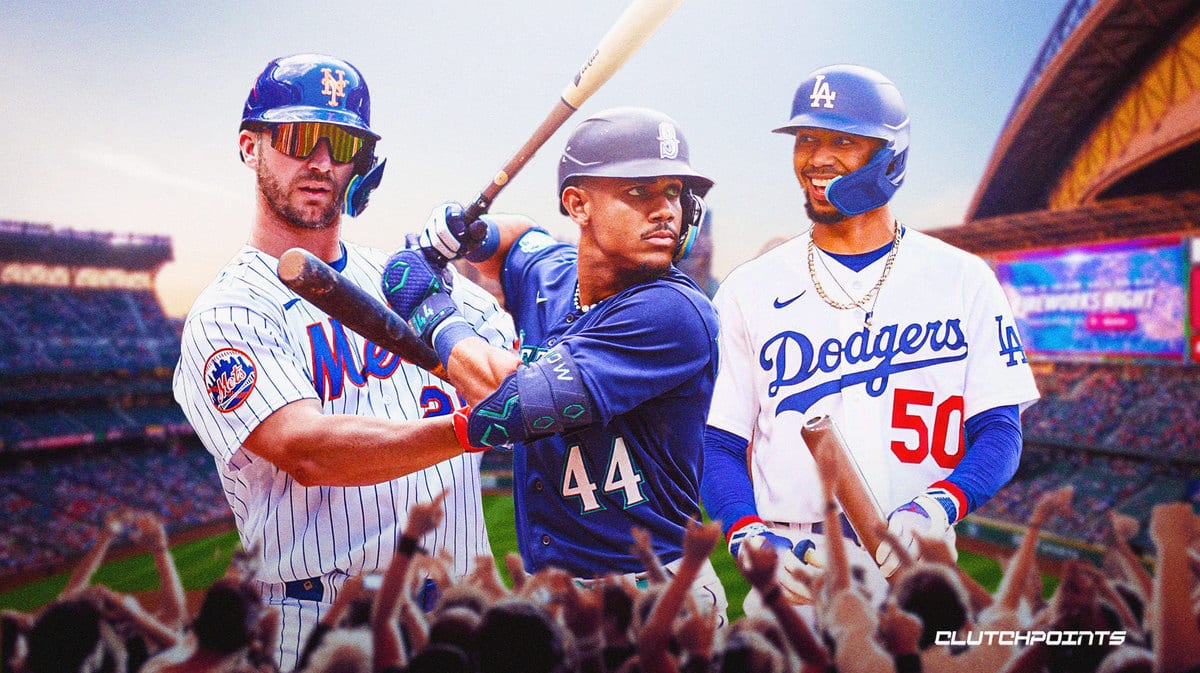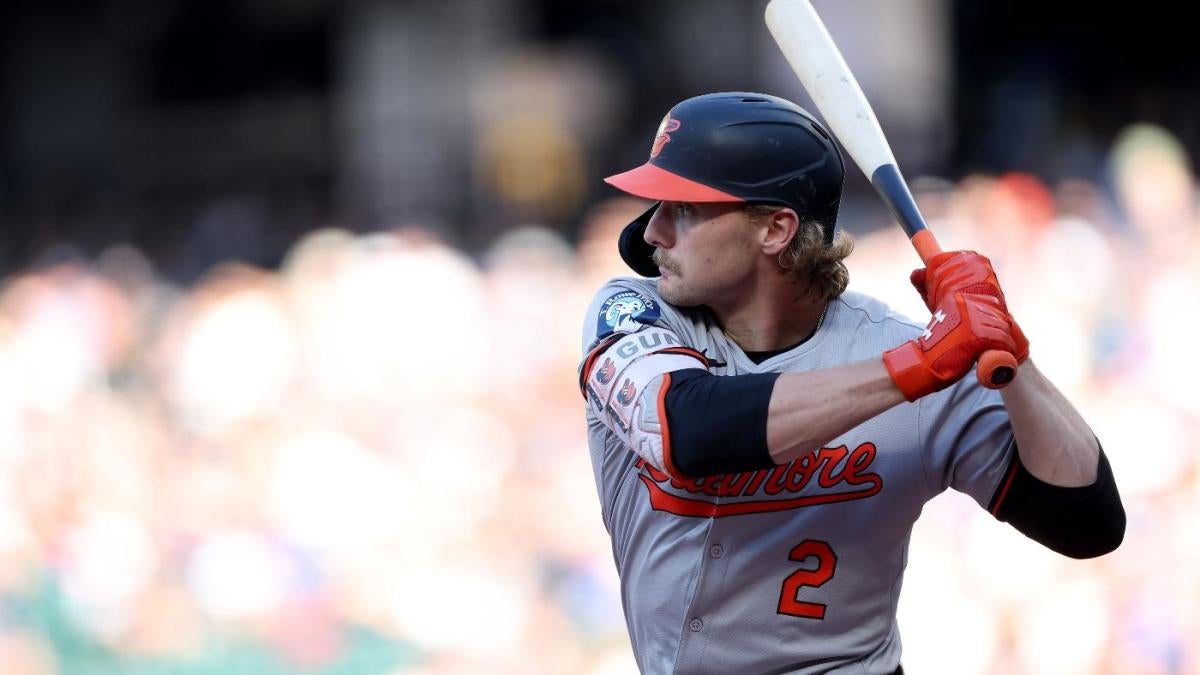Participant Profiles: Home Run Derby Participants

Home run derby participants – Get ready for a home run derby like no other! We’ve got a star-studded lineup of sluggers ready to unleash their power. Let’s dive into their profiles and see who’s bringing the heat.
Home run derby participants are known for their power and precision at the plate. Their swings can send the ball soaring over the fence with ease. One player who has consistently impressed in the derby is Juan Fernando Quintero.
The Colombian infielder has a knack for hitting the ball hard and finding the gaps. He’s a threat to go yard every time he steps up to the plate. As the derby continues, fans can expect to see more impressive displays of power from Quintero and the other participants.
Each participant brings their own unique set of skills and experience to the plate. Some are known for their towering home runs, while others rely on their contact hitting and speed. Let’s break down their strengths and weaknesses:
Sluggers with Raw Power
- Player A (Team X): Known for his mammoth home runs and ability to clear the fences with ease. However, his swing can sometimes be slow and he can be vulnerable to strikeouts.
- Player B (Team Y): A feared power hitter with a compact swing that generates incredible bat speed. He has a knack for hitting line drives that find the gaps, but he can be prone to pop-ups if he’s not careful.
- Player C (Team Z): A rising star with exceptional power and a smooth swing. He’s still developing his consistency, but when he connects, the ball flies.
Contact Hitters with Speed
- Player D (Team A): A speedy outfielder with a knack for putting the ball in play. He may not hit for a lot of power, but his ability to get on base and steal bases makes him a valuable asset.
- Player E (Team B): A veteran infielder with a high contact rate and a good eye at the plate. He’s not a power hitter, but he’s always a threat to get a hit and advance runners.
- Player F (Team C): A switch-hitter with a unique batting stance. He’s known for his ability to hit the ball to all fields and has good speed on the bases.
Competition Format and Rules

The Home Run Derby is a single-elimination tournament featuring eight participants. Each participant gets three minutes to hit as many home runs as possible, with a 45-second break in between each round. The top four participants with the most home runs advance to the semi-finals, where they compete in a head-to-head format. The two participants with the most home runs in the semi-finals advance to the final round, where they compete for the title of Home Run Derby champion.
Scoring System
Each home run is worth one point. If a participant hits a home run that lands in the designated “bonus zone,” they receive two points. The bonus zone is a specific area of the outfield that is marked with a different color or pattern. Participants can also earn bonus points for hitting consecutive home runs. For example, if a participant hits three home runs in a row, they receive a bonus of three points.
Designated Hitting Area, Home run derby participants
Participants must hit from a designated area behind home plate. The hitting area is marked with a white line and is 60 feet wide. Participants are not allowed to step outside of the hitting area while they are swinging the bat.
Pitch Count Limitations
Participants have a limited number of pitches to hit. In the first round, participants have 10 pitches. In the semi-finals, participants have 12 pitches. In the final round, participants have 15 pitches.
Special Bonuses and Penalties
There are a few special bonuses and penalties that can affect the outcome of the Home Run Derby. For example, if a participant hits a home run that breaks a window, they receive a bonus of five points. However, if a participant hits a home run that lands in the outfield stands, they receive a penalty of two points.
Historical Context and Significance

The Home Run Derby, an electrifying spectacle that has captivated baseball enthusiasts for decades, traces its origins to the 1985 Major League Baseball All-Star Game. This inaugural event, held at the iconic Metrodome in Minneapolis, Minnesota, featured eight of the game’s most prodigious sluggers competing in a head-to-head elimination tournament. The brainchild of former MLB Commissioner Peter Ueberroth, the Home Run Derby was an instant success, capturing the hearts of fans and becoming an integral part of the All-Star festivities.
Cultural Significance
Over the years, the Home Run Derby has evolved into a cultural phenomenon, transcending the boundaries of baseball fandom. It has become a showcase for the game’s most powerful hitters, a stage where they can unleash their prodigious swings and ignite the crowd with their awe-inspiring displays of power. The Derby has also fostered a sense of camaraderie among the participants, who often engage in friendly banter and good-natured ribbing while vying for the coveted title of Home Run Derby champion.
Legacy of Past Winners
The Home Run Derby has produced a long line of legendary winners, each leaving their unique mark on the event’s history. From the inaugural champion, Dave Kingman, to the record-setting performance of Giancarlo Stanton in 2016, these sluggers have etched their names into baseball lore. Their feats of strength and skill have captivated fans and inspired countless aspiring hitters to dream of reaching the same heights.
Well, the Home Run Derby is a spectacle, but let’s not forget the real stars of the show, the players. Take Bobby Witt Jr., for example. This young gun is raking in an impressive salary. With that kind of cash, he could buy a whole stadium filled with hot dogs! But back to the Derby, these guys are swinging for the fences, putting on a show for the ages.